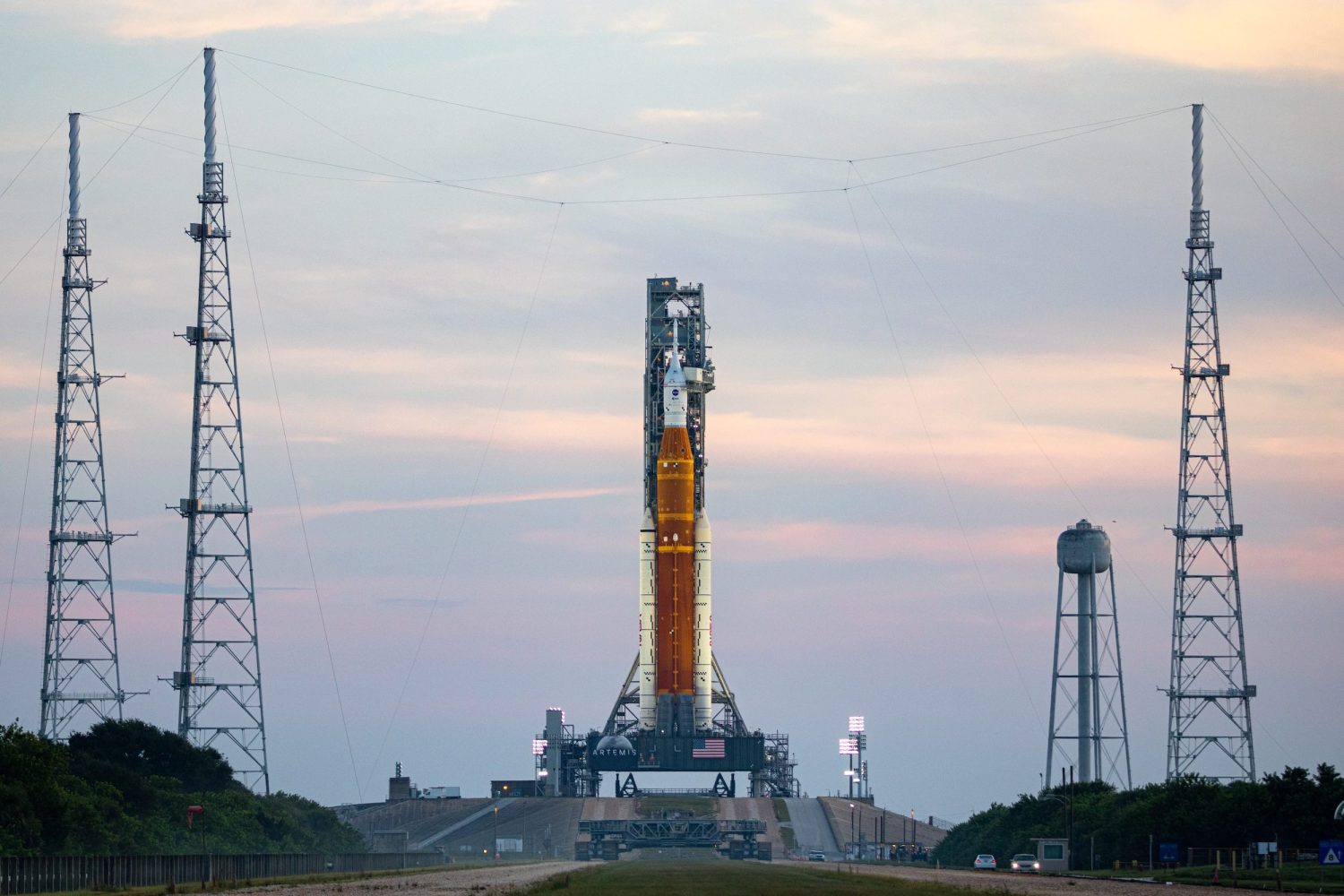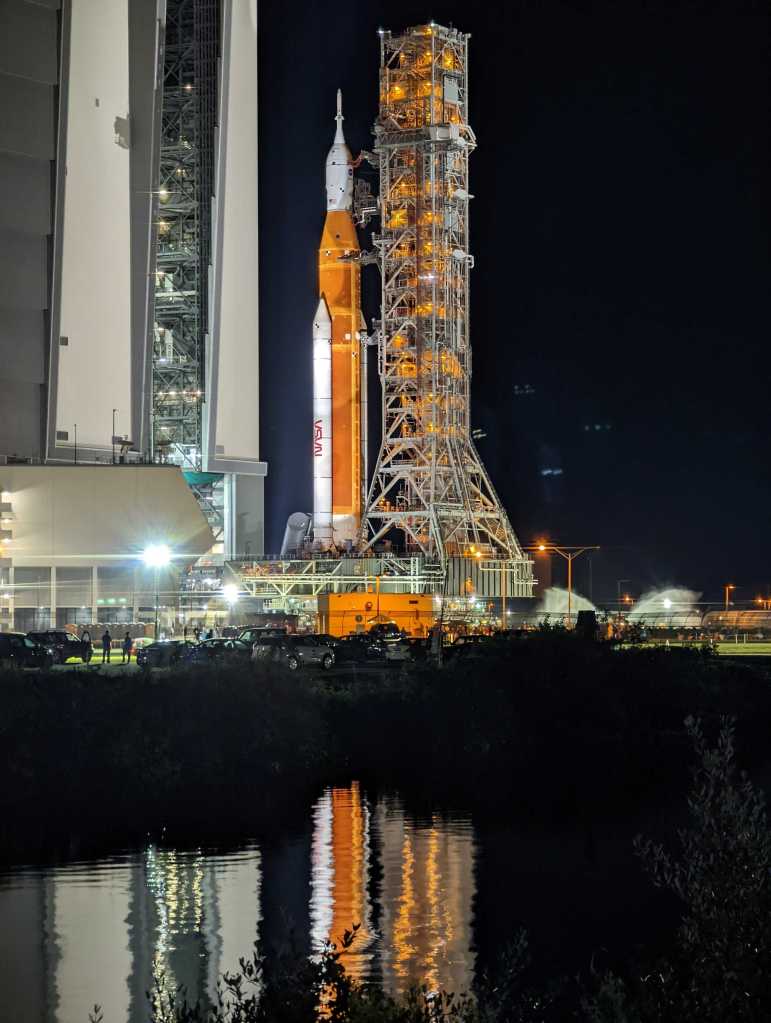
Currently, we’re at L-6 days to the next launch attempt of NASA’s maiden flight of the Space Launch System (SLS) with the Orion spacecraft on the Artemis 1 mission. A critical test flight for the launch systems, however, Florida is yet again under threat from another tropical storm.
How did we get here?
NASA first tried to launch SLS on August 29 but was scrubbed when an engine powering the core stage wasn’t reading as expected. After the launch attempt, it was discovered the fault was with the engine’s sensor and likely not with the engine itself. NASA proceeded with Artemis 1’s second launch attempt on September 3, however, the launch was scrubbed after a hydrogen leak was detected. The leak coming from the tail service mount located at the bottom of the vehicle. The precise cause for the leak is still not exactly known.
NASA moved to repair the seal shortly after the second launch attempt was scrubbed, with engineers replacing the 4” seal on the quick disconnect. To verify the repair work was successful, NASA conducted a Cryogenic Demonstration Test on September 21. Successfully fueling the liquid hydrogen and liquid oxygen tanks on both the SLS core stage & the Interim Cryogenic Propulsion Stage (ICPS). The test also managed to push for the kickstart bleed, a milestone that wasn’t fully completed on the first launch attempt, which involves pushing liquid hydrogen through the engines for conditioning before launch.

After the Cryogenic Demonstration Test was officially deemed a success, NASA wanted to push for a third launch attempt on the 27th, later the 30th of September. This launch plan was tenuous, given it required the United Space Space Force Eastern Range team to extend the waiver for how long the Flight Termination System (FTS) batteries on SLS would be certified for.
However, before a waiver could be approved, a tropical storm was brewing in the Caribbean Sea. Named Ian, the storm became a category 1 hurricane achieving speeds of 75 to 95mph on September 26. The same night, NASA began to roll SLS back to the VAB for shelter against the oncoming storm.
Hurricane Ian made landfall in Florida on September 28 as a category 4 hurricane, achieving speeds of 130 to 156 mph. After Hurricane Ian had crossed the state of Florida, the storm had reduced to a tropical storm.
Once the storm had passed, teams began work on the vehicle. Working on the FTS batteries and also recharging the batteries of the small satellites stored in Orion’s Spacecraft Adaptor. The work was completed, and the vehicle was rolled back to the pad on November 4. However, there’s a growing risk that SLS could be rolled back again.
A little case of Déjà vu
Recently a new tropical storm has developed, now named Nicole, which is brewing in the Atlantic. Current forecast predictions show it becoming a category 1 hurricane before crossing over the state of Florida twice. First, crossing over the state heading west before curving back and heading east back across the northern part of the state. Landfall is expected around Thursday morning.
Even as a tropical storm, it could still generate up to 40mph winds. SLS has limits on how much wind it is permitted to handle. During launch and rollout, the limit is 40 knots or roughly 40mph. If the risk of wind violations are in excess, NASA will need to move SLS back to the VAB for shelter, less than a week after it left. We currently await the development of this new storm system and how it will affect Artemis 1.
FTC: We use income earning auto affiliate links. More.


Comments